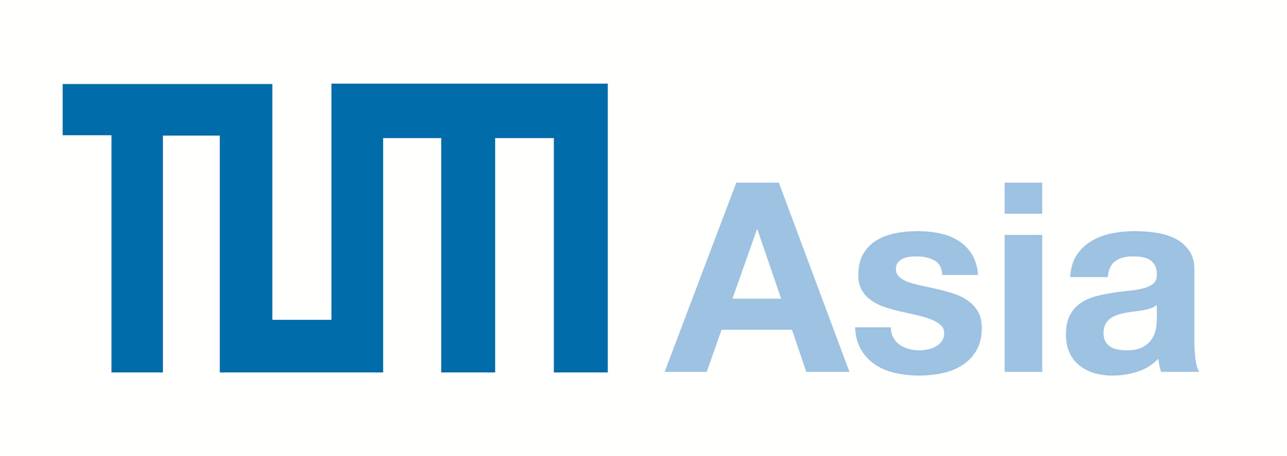Satellite & Spacecraft Technology: Dr Martin Rott

Dr. Martin Rott, Senior Scientist and Academic Director, Institute of Astronautics (TUM), shares his views on how Spacecraft Engineering is relevant in the area of Aerospace Engineering.
We also hear from doctoral candidate, Mr. Martin Langer, who assisted Dr. Rott in his class on Spacecraft Technology. Both Dr. Rott and Mr. Langer spent two weeks in Singapore teaching in the Master of Science in Aerospace Engineering programme.
Hi Dr. Rott, can you tell us more about what you do at the Institute of Astronautics at Technical University of Munich (TUM)? We know about Aerospace Engineering but the field of Astronautics is less commonly talked about.
Dr. Rott: I have been with the institute for 30 years and one area that I work on involves the stimulation of micro meteoroids. This is the special environment around the planets, which can impact spacecraft and damage spacecraft. We stimulate these environments in our labs. I also work on antenna systems, which is mainly funded by the German Space Agency. Our institute chair is a former astronaut, therefore there is also a team working with him on human space research.
Martin: I am working on building small satellites, also known as Cubesats. The first satellite that I worked on was launched and has been in orbit since 2013. I am currently working on my second satellite.
We know that your institute at TUM offers an ESPACE Masters course. What is the programme about?
Dr. Rott: ESPACE is a Master Course in Munich. It is taught in English so that students from around the world can contribute to the diversity of talents. It focuses on investigating Earth Orientation from space, instead of from inter-planet. The module that I teach there is similar to the module that I conduct here as well, which is on spacecraft technology.
Speaking of technology, Martin mentioned satellite technology. Can you tell us more?
Martin: What many people do not know is that satellites actually use electronics that already exist. For example, a stable 15 year old computer. With the advancements in electronics, smaller satellites can use normal consumer technology such as super fast smartphones like the Google Nexus on a satellite; PhoneSAT. However, they can only stay in orbit for a short time. For long term projects you would rather use something reliable because it requires more stability to function for data collection in a long time. However, it still takes years to collect enough data. NASA’s New Horizon probe launched in 2006 but only just flew by Pluto. Nowadays, you are only allowed to launch a satellite for a maximum of 25 years. Our first cubesat will only last till 2030 and we have to prove that our technology will only be in orbit for those years. So stable soft/hardware is preferred.
You are teaching “Spacecraft Technology” to Aerospace Engineers. What is your secret to keep them engaged during classes?
Dr. Rott: Martin made sure that the information in the slides that we used were updated in order to make it relevant and interesting for the students. For example, we showed photos of Rosetta from 2014 to match the relevance of the lengthy formulas and equations.
Martin: The great thing is you can find everything online so one can keep themselves informed and updated of the data and rocket launches. I believe that these will help the Aerospace Engineering students understand the practical application to what they learn, which is also being applied in space.
If someone asked for a correlation between Aerospace Engineering and Spacecraft Engineering, what would you say?
Dr. Rott: Principles that you learn in spacecraft engineering can also be applied to aerospace engineering. For example, with systems engineering, you can use the same principle for large systems across different craft. Launching a rocket from earth requires it to move through the atmosphere, which is likewise for aeroplanes. The tests for propulsion and aerodynamics apply similar principles. Although satellites are normally built as one-of-a-kind, they are not manufactured as much compared to aeroplanes and cars. However the knowledge required to build them is transferable across industries.
Martin: In my opinion, for Unmanned Aerial Vehicles, their technology can be applied to satellites. I did my Masters in Aerospace Engineering and worked in Aerospace Engineering, before coming to work in Space Engineering. Another interesting thing to note is that the knowledge you gain from an Aerospace Engineering degree would not only be applicable to aircraft, but also applicable to vehicles such as cars. I have friends who studied in Aerospace Engineering and work for BMW, because in principle, systems engineering apply to these large companies when they manufacture their car engines. Systems engineering was invented in NASA in the 1960s and this same principle was then applied in other industries, such as the automobile industries and even civil engineering industries.
Awesome! To sum up our interview, could you tell us how, in your opinion, has spacecraft technology benefited the common man?
Dr. Rott: I am still amazed that engineers helped to build these space probes – which enabled us to learn about the evolution of our universe, such as how our solar system looks like and develops. It gives everyone an answer about what we don’t know outside of Earth.
Martin: Space engineers help us to answer questions like “where do we come from?” We are also able to find out more about other planets, like the sun, and answer age-old questions like, is there life on other planets?
–
Spacecraft Technology is a module taught in the joint Master of Science in Aerospace Engineering degree, offered by the Technical University of Munich and Nanyang Technological University. The course is conducted in English, with coursework held in Singapore. TUM Professors fly in from Germany to teach.
If you are interested in the Master of Science in Aerospace Engineering degree programme, more information can be found here.




















